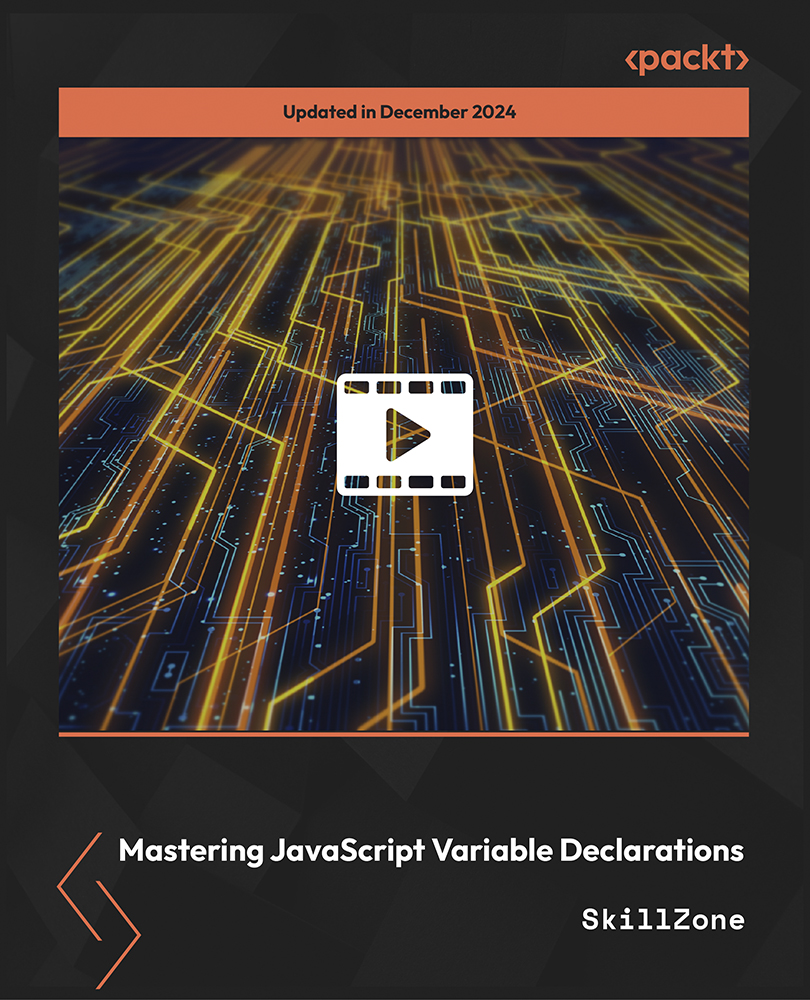Jason Lee has been writing software professionally for over 20 years, but his love for computers started over a decade earlier, in the fourth grade, when his dad brought home a Commodore 64. He has been working with Java for almost his entire career, with the last 12+ years focused primarily on Enterprise Java. He has written in-house web applications and libraries, and also worked on large, more public projects, such as the JavaServer Faces reference implementation Mojarra, GlassFish, and WebLogic Server. Jason is currently the President of the Oklahoma City Java Users Group, and is an occasional speaker at conferences. Ever the technology enthusiast, his current interests include cloud computing, mobile development, and emerging JVM languages. Apart from work, Jason enjoys spending time with his wife, Angela, and his two sons, Andrew and Noah. He is active in the music ministry of his local church, and enjoys reading, running, martial arts, and playing his bass guitar.
Read more
 United States
United States
 Great Britain
Great Britain
 India
India
 Germany
Germany
 France
France
 Canada
Canada
 Russia
Russia
 Spain
Spain
 Brazil
Brazil
 Australia
Australia
 Singapore
Singapore
 Hungary
Hungary
 Ukraine
Ukraine
 Luxembourg
Luxembourg
 Estonia
Estonia
 Lithuania
Lithuania
 South Korea
South Korea
 Turkey
Turkey
 Switzerland
Switzerland
 Colombia
Colombia
 Taiwan
Taiwan
 Chile
Chile
 Norway
Norway
 Ecuador
Ecuador
 Indonesia
Indonesia
 New Zealand
New Zealand
 Cyprus
Cyprus
 Denmark
Denmark
 Finland
Finland
 Poland
Poland
 Malta
Malta
 Czechia
Czechia
 Austria
Austria
 Sweden
Sweden
 Italy
Italy
 Egypt
Egypt
 Belgium
Belgium
 Portugal
Portugal
 Slovenia
Slovenia
 Ireland
Ireland
 Romania
Romania
 Greece
Greece
 Argentina
Argentina
 Netherlands
Netherlands
 Bulgaria
Bulgaria
 Latvia
Latvia
 South Africa
South Africa
 Malaysia
Malaysia
 Japan
Japan
 Slovakia
Slovakia
 Philippines
Philippines
 Mexico
Mexico
 Thailand
Thailand
















